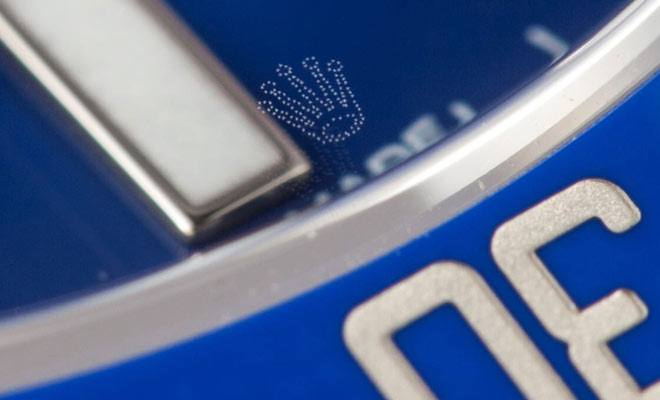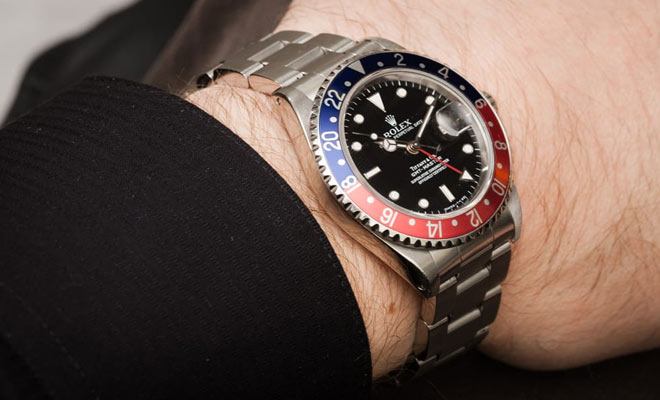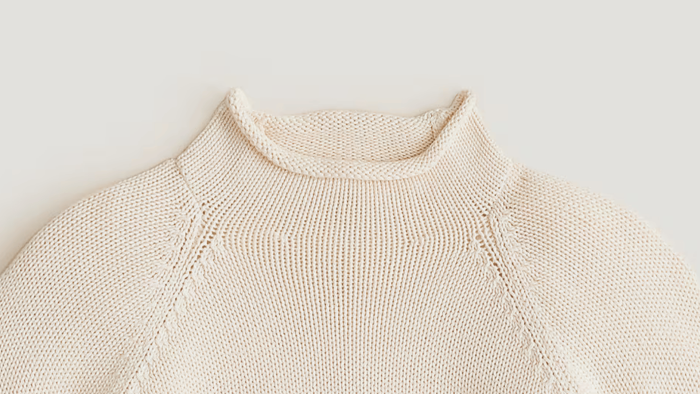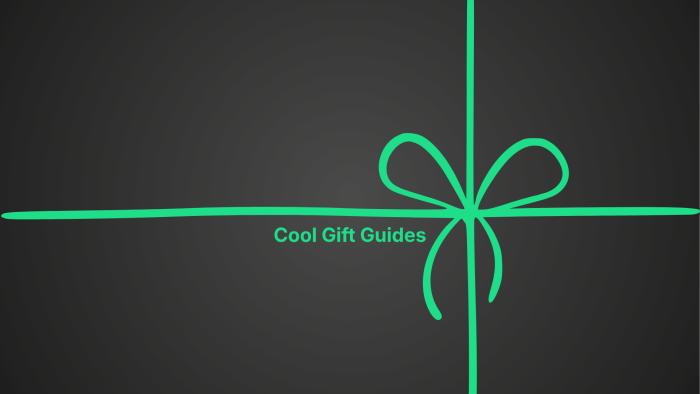A good watch is like a valuable painting—it’s a wonderful investment whose value increases with age, it’s a literal work of art, it oozes class and, unfortunately, if it’s worth anything, there are a hell of a lot of people out there trying to create fakes. And when it comes to watches—classic and current—few would argue against Rolex being considered king. But when you’re making such an investment, it’s important to know what to look for so you don’t get stuck with a piece of junk. Here’s the beginner’s guide to buying a used Rolex watch:
Knowing What You’re Getting Into
Unfortunately for you, for as many used Rolex watches for sale in the wild, there are at least twice as many fakes coming out of every back alley and mass production factory in the world.
You should be prepared to look far and wide, and high and low to find the one for you. You’re going to wade through a veritable ocean of fakes and scams, and when you find one that’s legitimate, you’ll need to be prepared to give it a thorough inspection.
If you’re in the market for a second-hand Rolex, you have to walk into it knowing that the journey should be as precious as your purchase. And trust us when we tell you—in the end, the juice is always worth the squeeze.

Settling On A Model
Rolex watches come in a variety of flavors, and picking the one that’s best for you is all going to come down to personal preference. It’s important to understand that no Rolex is the same, but each is nothing short of magnificent.
There are Sea Dwellers, with their Oyster straps and incredible underwater capabilities (the newest Sea Dwellers can go all the way to a depth of 3,900 meters!); the classic Submariners, with their incredible resilience (if they’re good enough for James Bond, they’re good enough for damn near anyone!); the incredibly rare Oysterquartz; the Datejust family, which are heavily credited with being the forefathers of modern watches; and a vast array of others.
Each of these beautiful watches falls under the Rolex umbrella, but offers different price points, different features, and are built specifically for different purposes—each with characteristics as unique as their owners.
And that’s the whole point. But if you’re looking into a Rolex, you already knew that.

Spotting A Fake
For the most part, spotting a fake Rolex is pretty simple. But, admittedly, like most fake anythings out there, there are definitely some quality knock-offs on the market. Luckily, at the end of the day, only a Rolex can be a Rolex. Here are a couple thing to look for in your hunt:
- Second Hand Ticking: This is kind of true, but kind of not. The overwhelming majority of Rolex watches utilize very high quality mechanical movements that are notoriously smooth. Rolex watches do technically “tick,” but they do so four to six times per second, which creates the illusion that they’re sliding. However, if you’re looking at a Rolex that ticks every second (as is common in quartz movements), then there’s a 98 percent chance (we say 98 percent because Rolex did make a very limited number of watches with quartz movements) that it’s a total fraud.
- Weight: If you’re in the market for a real-deal Rolex, weight is a great indication of authenticity. Rolex uses a lot of high quality heavy metals in the construction of their watches, and even a gorgeous fake can’t replicate the weight and telltale solid feel of an authentic Rolex watch.
- Serial Numbers: No detail is overlooked in the production of a Rolex, right down to the stamping of the serial number. Original Rolex watcheswill have very fine details, like a diamond-cut edge. The serials on a fake one look as cheap as the rest of the watch. Either they feature a cheap stamp, a poor quality acid etching, or don’t have anything at all. This is a dead giveaway.
- The Movement: Every major piece of a Rolex’s movement will have “Rolex” engraved somewhere on it. The inside of an authentic Rolex is really quite a beautiful scene to behold, so you should be able to see pretty plainly if it’s a generic kind of set up, or something special. Additionally, as mentioned before, the overwhelming majority of Rolex watches have mechanical movements, so if you open up the back and see anything even remotely resembling a quartz movement, it’s best you run away as fast as you can.
- The Face: On the outside, a Rolex is typically pristine. So, as you’re inspecting the face, if you see any smudges, any uneven fonts, any weird spaces between words, the absence of the telltale Rolex crown, etc., it should send off some pretty immediate red flags. Additionally, Rolex watches are very well known for their “cyclops” magnifying lens above their date windows. On a genuine Rolex, the cyclops will magnify the date 2.5 times. If the magnification of the date appears flat, or if it’s not magnifying anything (or isn’t there at all), you’re most likely dealing with a forgery.
- Waterproof: Every single Rolex is built to be waterproof to some degree or another. If you have the chance, dunk the watch in question in a glass of water. If it breaks, well, fuck the stupid fake and the guy who tried to sell it to you. If it keeps on going, you may be in the clear.
- The Price: If there’s one thing we’ve learned when it comes to anything of value—cars, watches, camera equipment, etc.—it’s that you get what you pay for. And used Rolex watches aren’t cheap. If it sounds too good to be true, it probably is.

Where To Buy a Used Rolex
When it comes to purchasing a second-hand Rolex, we’d recommend staying off websites like Craigslist or eBay. A reputable jewelry store is usually the best place to find a quality, authentic, second-hand Rolex, but they don’t typically offer the best deals. If you must deal with people on the Internet, make sure that you’re purchasing it from someone located in the U.S., that they are a reputable seller with extensive feedback, and that they are transparent in answering your questions.
When it comes to these kinds of sales, it should be about establishing a trustworthy connection to the seller before you do anything else. Buy the seller, then the watch.
Internet marketplaces like Bob’s Watches, Watches To Buy, Paul Duggan Fine Watches, and Bernard Watch are pretty standard to collectors, and have plenty of excellent reviews across the Internet. There are plenty of other websites out there that we didn’t just recommend, so just keep your eyes peeled and trust your instincts. If they don’t have positive feedback, aren’t transparent in the information they make available, or haven’t been around for a long time, move on and keep searching. It is always better to be safe than sorry.
And, of course, have fun! Understand that in purchasing a Rolex, you’re making a purchase that will last for generations. Take your time and make it count!




